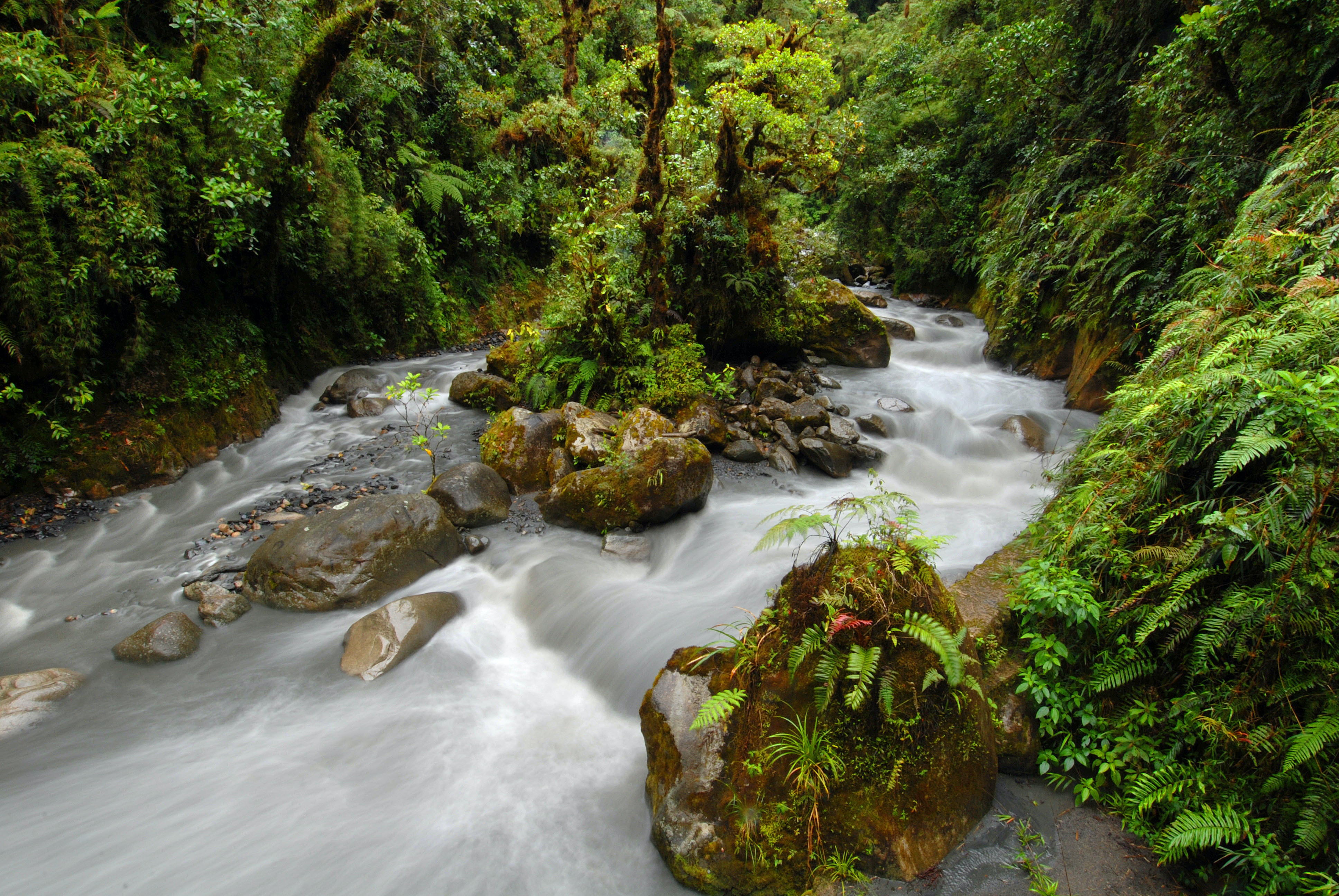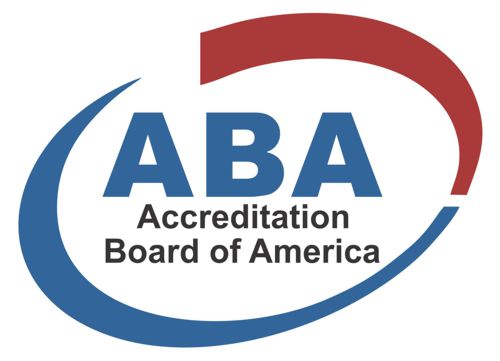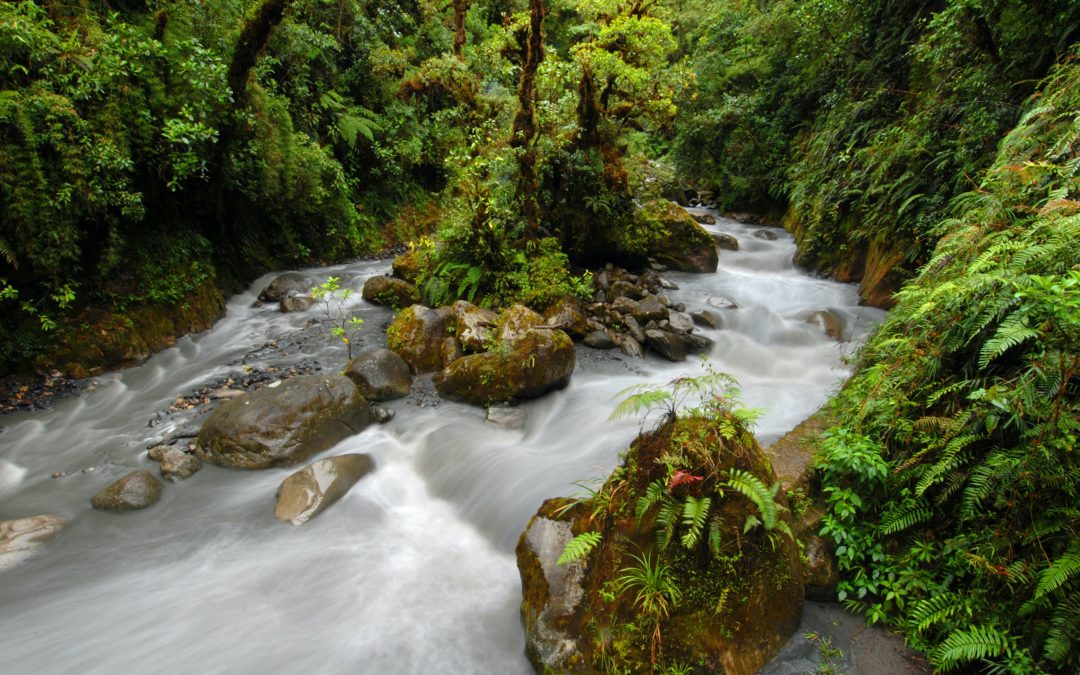
The last time the world gathered to discuss global water issues was the year the first “Star Wars” film was released.
In the 46 years since, the global population has doubled — yet the challenges facing the health of, and access to, freshwater resources have been largely overshadowed by the climate and biodiversity crises.
This week, the United Nations is hosting a global conference on fresh water — and not a moment too soon, according to one expert.
Conservation News spoke with Derek Vollmer, a freshwater scientist at Conservation International, about the struggles that freshwater ecosystems now face, how solutions in one place may not work in others, and what must happen next to secure clean supplies of humanity’s most precious resource.
Conservation News: This is the first global water conference in a generation, what’s the backdrop?
Derek Vollmer: We live in a very different world now, compared to the last time countries gathered to discuss global water issues. Alongside dramatic population growth, many countries have seen rapid development, and climate change has accelerated droughts, floods and other water-related crises. The themes of this conference — health, climate, biodiversity and sustainable development — reflect the fact that water is connected to the big challenges of our time. This is an opportunity to focus on that nexus and amplify the voices of communities that are bearing the brunt of the crisis.
The U.N. estimates that by 2030, demand for fresh water will be 40 percent greater than supply. How did we get here?
DV: Water is a finite resource — less than 3 percent of the water on the planet is fresh and the majority of that is locked away in glaciers and ice caps or buried deep in the soil. That leaves only about 1.2 percent available, mostly from rivers, lakes and streams. But rapid population growth combined with poor water management decisions have pushed these ecosystems to the brink, with major consequences for people and nature.
As urban areas have expanded, we’ve gotten very good at engineering freshwater ecosystems to fit our needs, but in many cases we’ve gone too far. Results range from extracting too much water from rivers, to creating ‘dead zones’ from agricultural waste, to destroying a third of the world’s wetlands since 1970.
Fish, mollusks and other freshwater species have declined by 84 percent since then — that’s twice the rate of land or marine animals.
And because freshwater ecosystems are relatively small — at least compared to oceans — any disruption can have an outsized, and lasting, impact. Climate change will only put more pressure on freshwater ecosystems.
How will climate change make it worse?
DV: Just look at the news. Climate change is transforming weather patterns and rainfall levels around the world. The American West is facing the most extreme ‘megadrought’ in the last 1,200 years, while in East Africa six consecutive failed rains are driving migrations and food insecurity. At the other end of the spectrum, the intensity of extreme floods, like what we’ve seen in Pakistan, the United Kingdom and other countries, has also increased in the last 20 years.
Water managers have been slow to recognize that historic rainfall data is becoming increasingly outdated; past records are no longer reliable predictors of the future. This is a wakeup call: Our water management systems are not set up to handle the variability and uncertainty of climate change.
To become more resilient, we need to protect freshwater ecosystems and prioritize engagement with local communities that are vulnerable to water threats. Traditionally, water management has been dominated by infrastructure like dams, seawalls and water treatment plants. We need to pivot from an overreliance on engineering, which has transformed — if not destroyed — many ecosystems, to solutions that work with nature to protect freshwater resources and provide buffers against the effects of climate change, like flooding and drought.
It sounds like you’re saying there isn’t a one-size-fits-all approach to addressing the water crisis.
DV: Correct. That’s because the water crisis is a global problem that needs local solutions. Everyone relies on freshwater — yet access and quality can vary dramatically. Decisions about how to manage watersheds must take into account their specific characteristics and the demands of the people and businesses living within it. Acting locally to address water issues is a far more effective conservation strategy than setting broad global targets, such as those designed to prevent climate change.
For example, companies that want to offset their water usage by “replenishing” that amount can’t simply tally up their consumption and invest in projects anywhere in the world. They need to engage in the watersheds where they are consuming water, directly or through their supply chain, and this begins with understanding the local challenges and working with other stakeholders to design lasting solutions. For example, a water-saving project may not be useful if issues like pollution or flooding are more pertinent.
What needs to happen next?
DV: We need collective action — and that requires partnerships across communities, government agencies, conservation and grassroot organizations, businesses and more. These groups tend to be siloed; anything that brings them together — whether that’s businesses partnering with conservation organizations to improve their supply chains, or grassroot organizations partnering with city governments to inspire behavior change — is going to have a bigger impact than acting alone.
For example, an effort called the Freshwater Challenge will be launched at the U.N. Water Conference to bring together eight countries that are committing to restore 300,000 kilometers (186,000 miles) of river and 350 million hectares (865 million acres) of inland waters by 2030. Conservation International has committed to the challenge; we’ll help participating countries identify freshwater ecosystem restoration priorities that are essential for supporting biodiversity, adapting to climate change and reducing the risk of water-related disasters. We’ll also support data gathering through tools like the Freshwater Health Index, which helps governments, communities and businesses better analyze the benefits and risks of human activities — such as developing dams or increasing agriculture — before making big water-related decisions.
Further reading:
Mary Kate McCoy is a staff writer at Conservation International. Want to read more stories like this? Sign up for email updates. Also, please consider supporting our critical work.
If you’d like to read the original source of this article please click here Visit Source

